About
At Estevitalya Hair Clinic in Antalya, we understand that dealing with hair loss can be challenging and the path to a hair transplant can seem overwhelming. We're here to simplify this journey for you. Our clinic specializes in the latest and most advanced hair restoration techniques, providing tailored solutions to help you regain control over your self-image.
Our expert team is committed to delivering exceptional results using state-of-the-art technology and methods. Recognizing that every patient is unique, we design personalized treatment plans to meet your individual needs.
We offer comprehensive packages that cover everything, from hotel accommodation to transportation, ensuring a seamless experience for you. Our aim is to make your visit as comfortable as possible while restoring your confidence.
Located in Antalya, our clinic benefits from the city's growing reputation as a top destination for hair transplants. With numerous skilled specialists offering high-quality procedures at competitive prices, coupled with the city's beautiful tourist attractions, Antalya is an ideal choice for your hair restoration journey. Hair transplant costs in Turkey are significantly lower than in many other countries, making it an excellent option for those seeking expert care without excessive expenses.
Don't let hair loss dictate your life any longer. Contact us today to schedule a consultation and take the first step towards reclaiming your confidence and self-esteem with a hair transplant.
When you choose Estevitalya, you’re choosing a team that genuinely cares about your success. Hair loss may have led you to us, but it doesn’t have to define you. Book your consultation today and let us help you restore both your hair and your confidence.
Frequently Asked Questions
What is a hair transplant?
A hair transplant is a surgical process that includes moving hair follicles from a donor site on the scalp, usually the back or sides of the head, to the balding or thinning areas of the scalp. Hair transplant can also be used to regrow hair in other places like the beard, eyebrows, and eyelashes in addition to treating male and female pattern baldness.
What are the different techniques used in hair transplant?
There are several different techniques used in hair transplant surgery, including Follicular Unit Extraction (FUE), Sapphire FUE, and Direct Hair Implantation (DHI).
How long does hair transplant operation last?
The length of a hair transplant operation can vary depending on several factors, including the extent of the hair loss, the number of hair grafts needed, and the technique used. In general, a typical hair transplant procedure can take anywhere from 4 to 8 hours to complete.
Will transplanted hair look natural?
The short answer is yes. Creating a natural looking hairline in the design stage before the hair operation is very important for overall natural looking hair. The depth and direction of the channels created during the surgery play a significant role
How long does it take for the new hair to grow?
Your hair will start growing in 3 months after the surgery, in 6 months you can observe some satisfying results however full results are generally obtained 12 months after the operation. After that hair continues to grow for a lifetime.
How many sessions of hair transplant are required?
In one session the maximum number of grafts that can be transplanted is 5000-5500 grafts. For most patients, one hair transplant session is enough to eliminate the balding problem. For more information please send us your photos so we can analyze your condition and tell you how many grafts and how many sessions you need.
Can the donor hair be taken from places other than the nape area?
The nape region, also referred to as the “donor area,” is the most typical location from which donor hair is extracted during hair transplant surgery. This is due to the hair’s tendency to be thicker and more closely packed in this region, which makes it usually more resistant to balding.
What is the difference between a hair and a graft?
A hair is a single, thin strand of protein that grows from the hair follicle located in the dermis of the skin. A graft, on the other hand, is a small section of skin that contains hair follicles. During hair transplant grafts are removed from a donor area, typically the back of the head, and transplanted to a recipient area where hair growth is desired. Each hair transplant unit (graft), is taken from the patient’s own scalp, which is the reason why the transplanted hair has a natural look and it is permanent. One graft contains 1-5 hair follicles.
Will a hair transplant leave a scar?
The short answer is that it depends on the technique used for hair transplant, the FUT method leaves a single-line wound scar in the nape area between the two ears where hair follicles are extracted whereas FUE and DHI methods leave very little to no noticeable scars in the donor area. We prefer the FUE (Follicular Unit Extraction) and DHI (Direct Hair Implantation) methods where grafts are harvested individually from the scalp in the nape area with the help of a Micromotor leaving very little to no scars
What are the advantages of the FUE method?
The FUE method has many advantages including; visually undetectable scars, more comfortable, faster recovery time, less pain, less risk of any infections, better results and healthier hair, also there is no general anaesthesia required during FUE hair transplant.
What are the advantages of the DHI method?
Thanks to the “Choi” pen used during the DHI method, faster planting is possible and the recovery time and hair growth are faster. The DHI method is also performed without the need for any incision. However, the reason why so many patients prefer the DHI method is that it does not require shaving the hair during the transplantation process.
Does transplanted hair last forever?
Transplanted hair can last a lifetime, but it is important to note that the hair in areas not transplanted may continue to thin naturally with age. Additionally, transplanted hair is subject to the same environmental factors and styling practices as one’s original hair, so proper care is important to maintain the health and longevity of the transplanted hair.
Does hair transplant surgery have any side effects or complications?
Hair transplant is considered a very safe operation with very minimal side effects like redness and swelling, and itching there are usually very mild and will go away within a few days. Rarely side effects such as infection, can also happen sometimes if you choose an inexperienced team to perform the surgery or if you do not follow the instructions they provide for you after hair transplant and do not take care of your new hair.
Can hair be transplanted to the beard?
Yes, beard hair can be transplanted using the same techniques as scalp hair transplantation. In fact, beard hair transplantation has become increasingly popular in recent years as more men seek to achieve fuller and more defined beards. The procedure involves extracting individual hair follicles from a donor area of the scalp or beard, and then transplanting them to the desired area of the beard using FUE or another hair transplantation technique.
Is it possible to transplant eyebrows?
Yes, it is possible to transplant eyebrows using the same techniques as scalp hair transplantation. Eyebrow transplantation is a cosmetic procedure that is typically performed on individuals who have thin, sparse, or patchy eyebrows due to genetics, over-plucking, or other causes. The procedure involves extracting individual hair follicles from a donor area, typically the scalp, and then transplanting them to the desired area of the eyebrow using FUE or another hair transplantation technique.
What is the success rate of hair transplant surgery?
The success rate of hair transplant surgery varies depending on a number of factors, such as the type of procedure used, the skill and experience of the surgeon, the quality and quantity of donor hair, and the patient’s overall health and lifestyle factors. However, in general, hair transplant surgery has a high success rate and is considered to be a safe and effective long term treatment for hair loss.
Services and Facilities
- Services
- Biofibre Hair Implant
- Beard Transplant
- Dhi - Direct Hair Implantation
- Eye Treatment
- Eyebrow Transplant
- Eyelash Extensions
- Eyelash Transplant
- Facial Hair Transplant
- Folligraft - Non-surgical Hair Graft
- Hair Loss Specialist
- Hair Loss Treatment
- Hair Transplant For Women
- Hair Transplantation
- Hri - Hair Regrowth Injections
- Ipl Hair Removal
- Laser Hair Removal
- Laser Hair Therapy
- Mesotherapy
- Micrografts Hair Restoration
- Minigrafts Hair Restoration
- Prp (platelet-rich Plasma)
- Prp For Ovarian Rejuvenation
- Robotic Hair Transplant
- Sapphire Hair Transplant
- Soprano Laser Hair Removal
- Treatment For Female Pattern Hair Loss
- Cosmetic Surgery
- Plastic Surgeon
- Plastic Surgery
- Unshaved Hair Transplant
- Fue - Follicular Unit Extraction
- Facilities
- Airport Transfer
- Free Consultation
- Hotel Booking
- Local Travel
- Translator
Languages Spoken
- English
- Arabic
- Russian
- Deutsch
Certificates and Awards
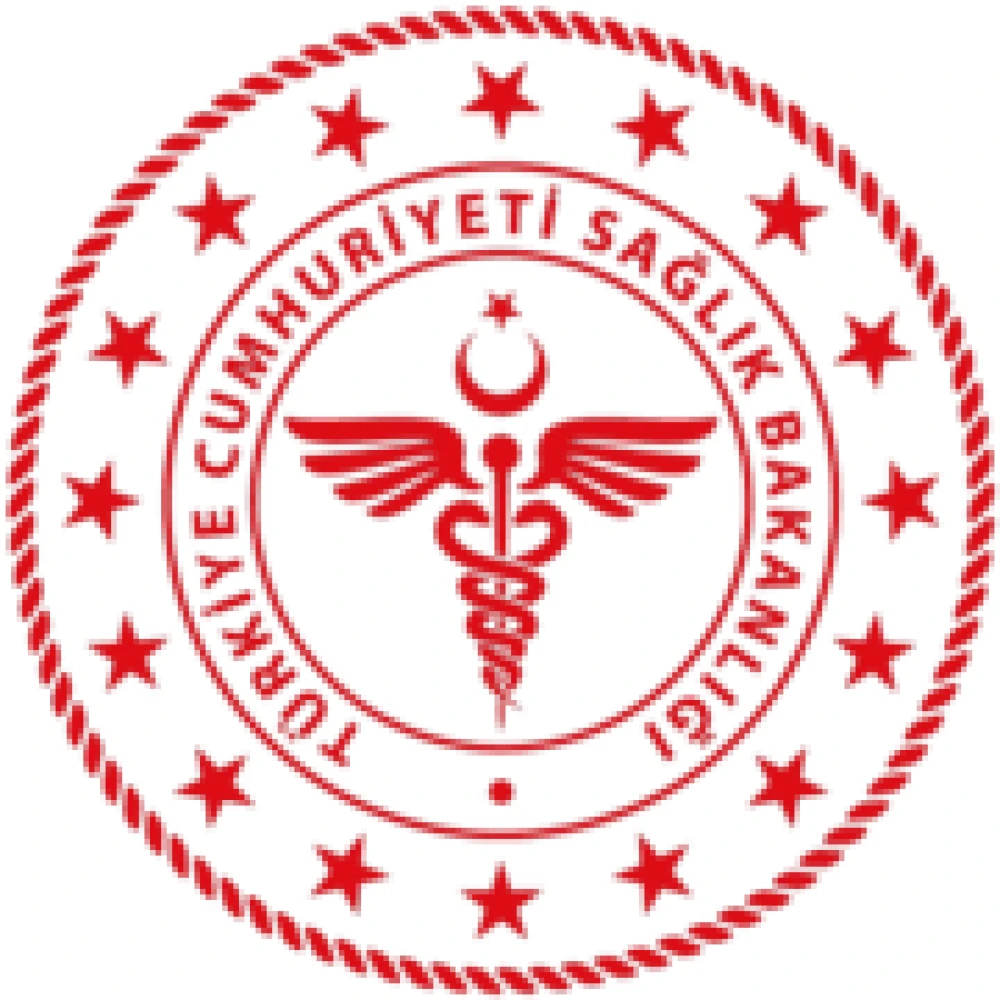


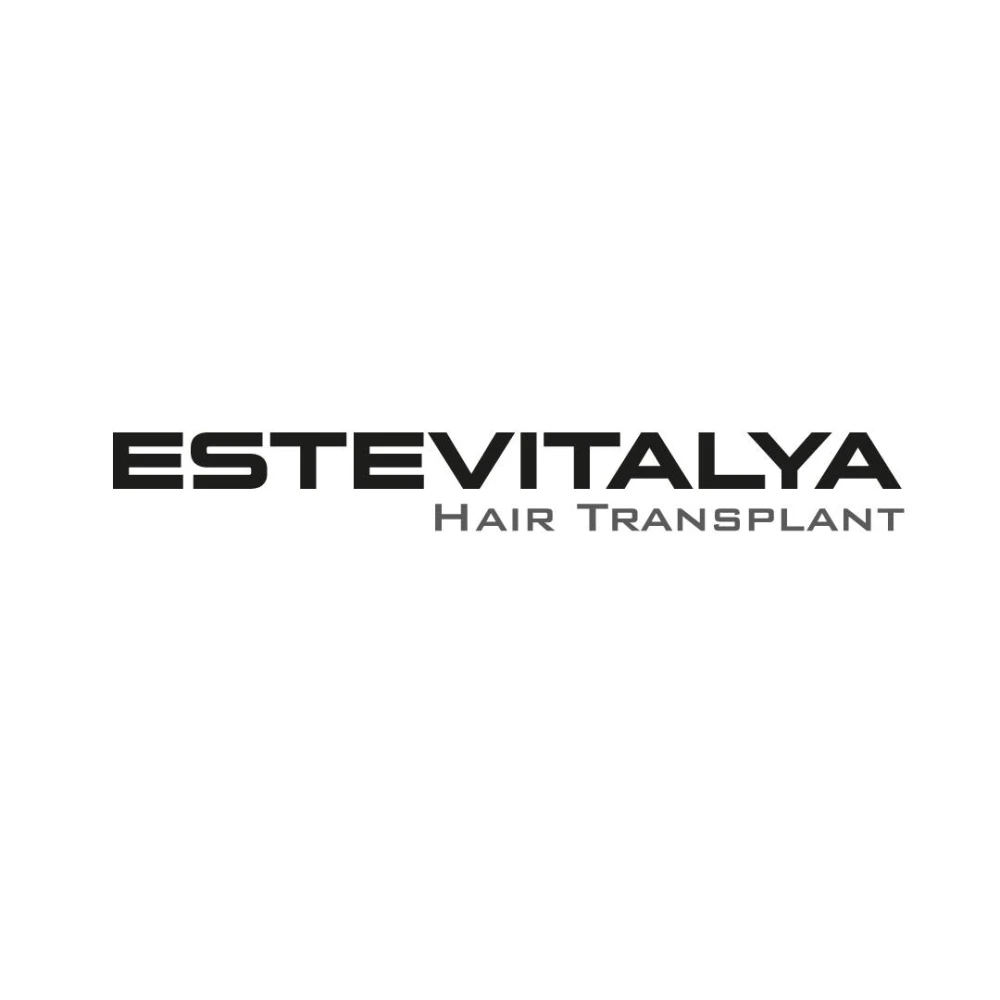
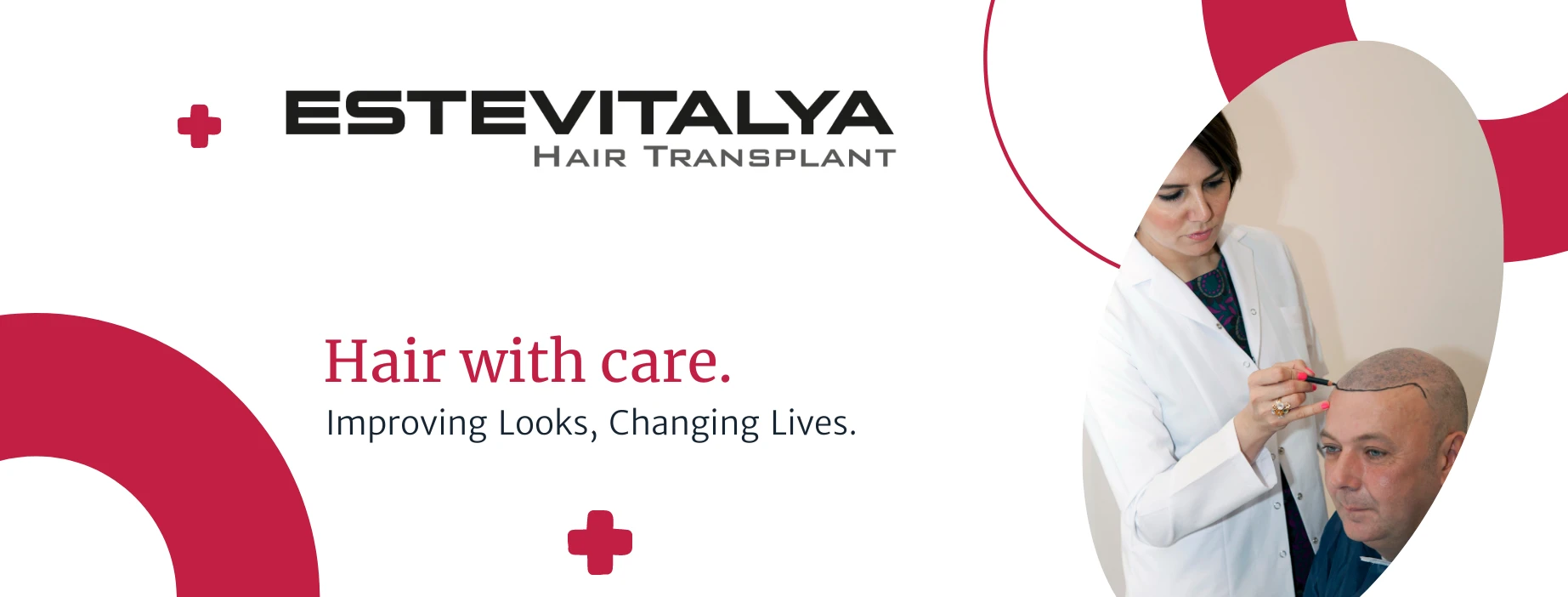
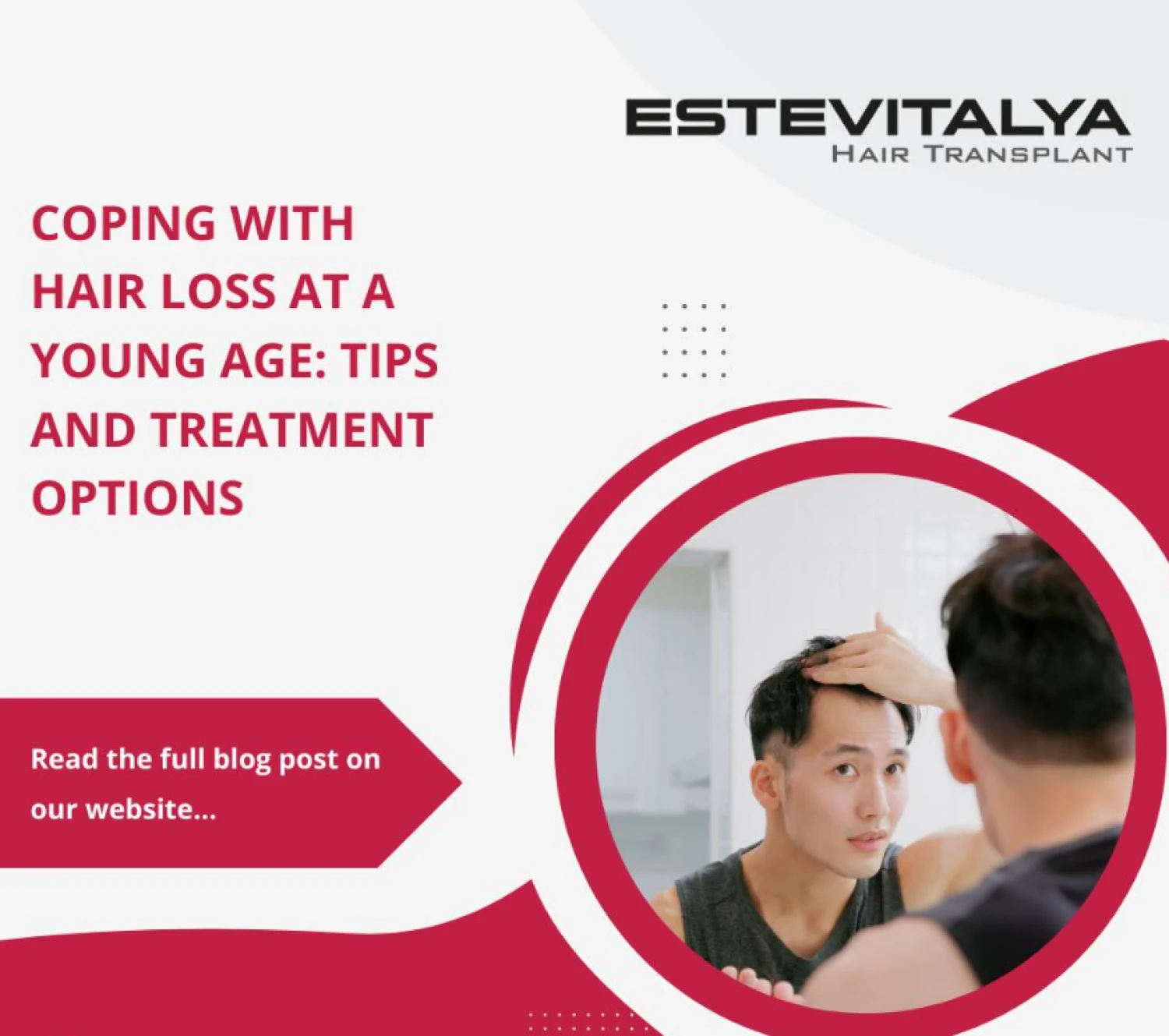
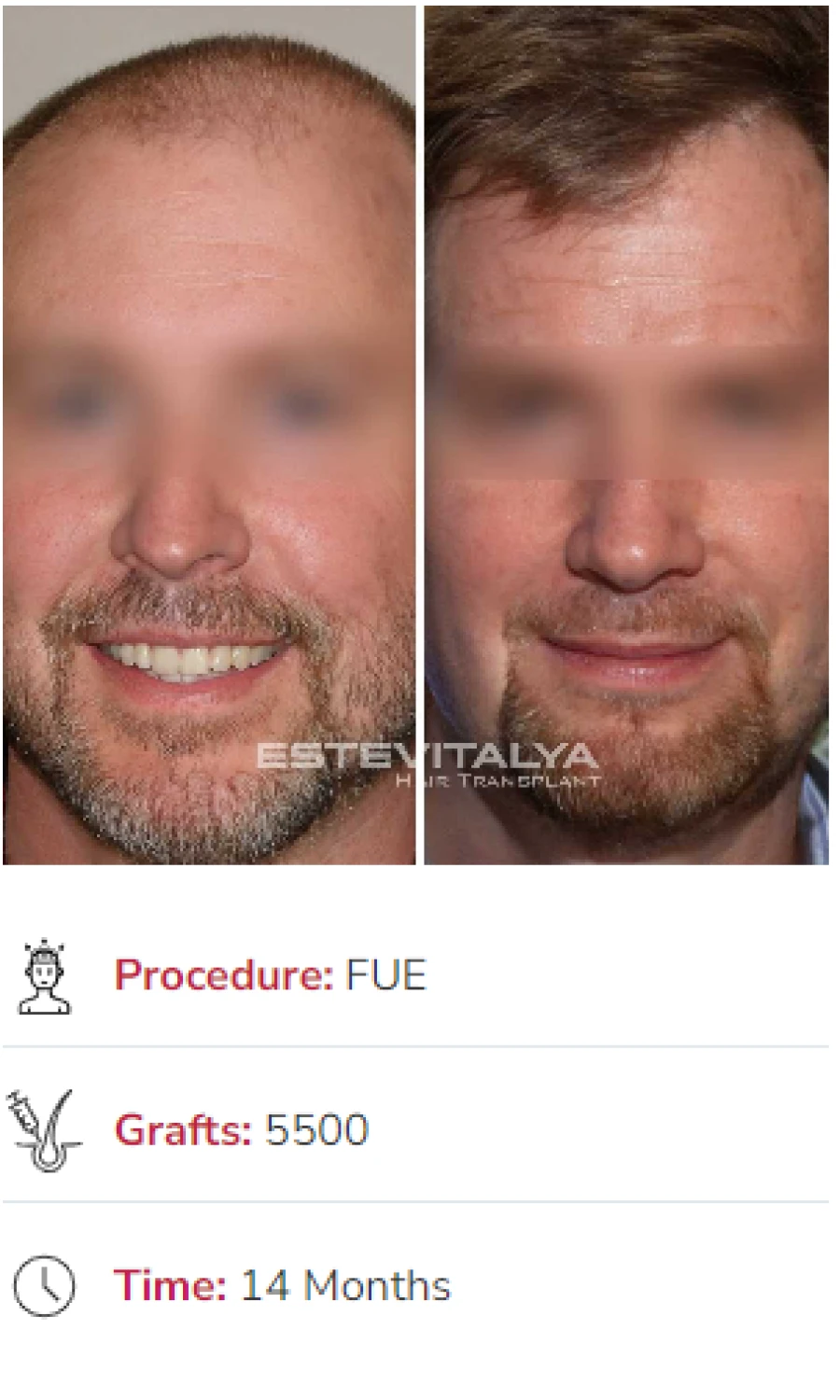
Share This Clinic